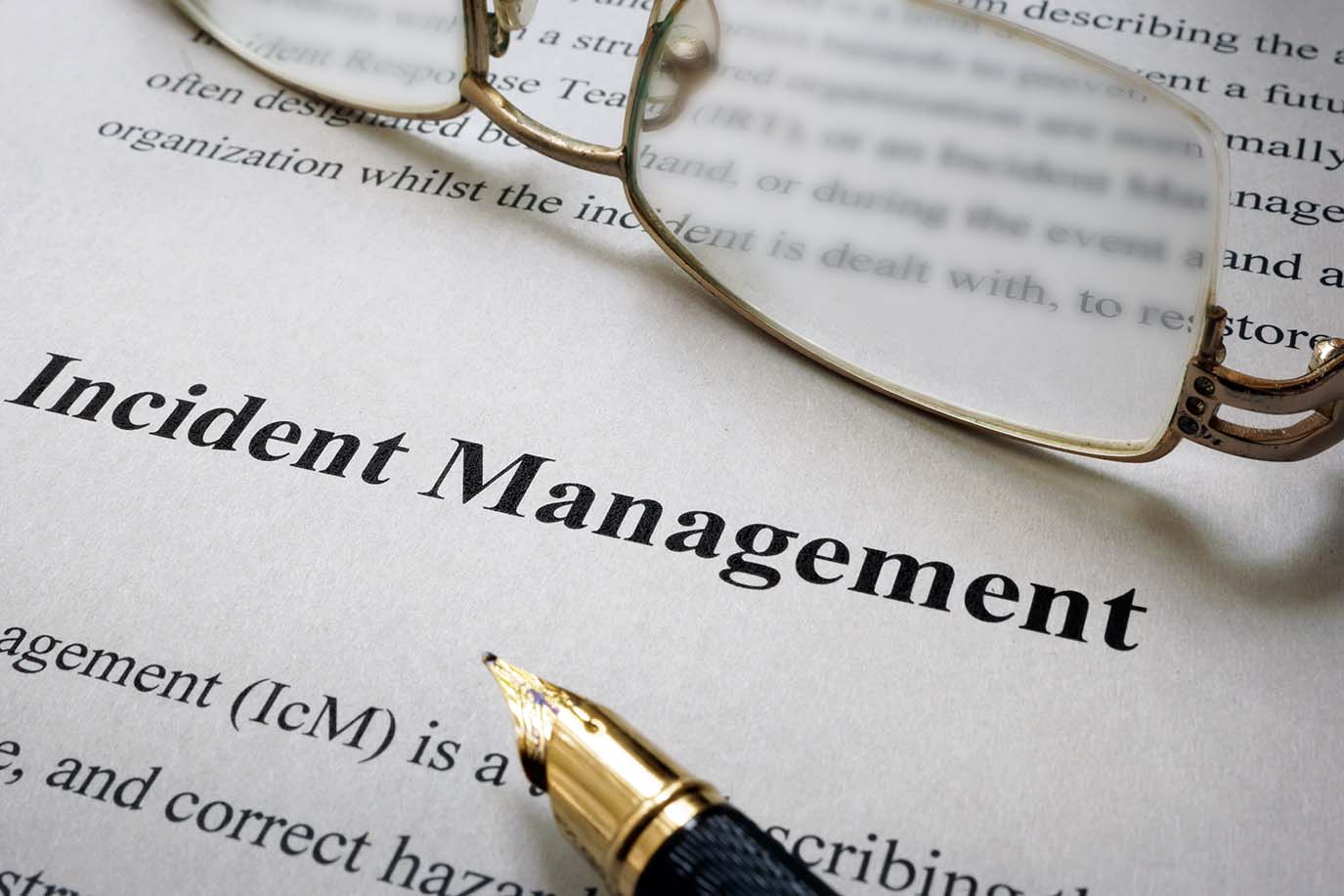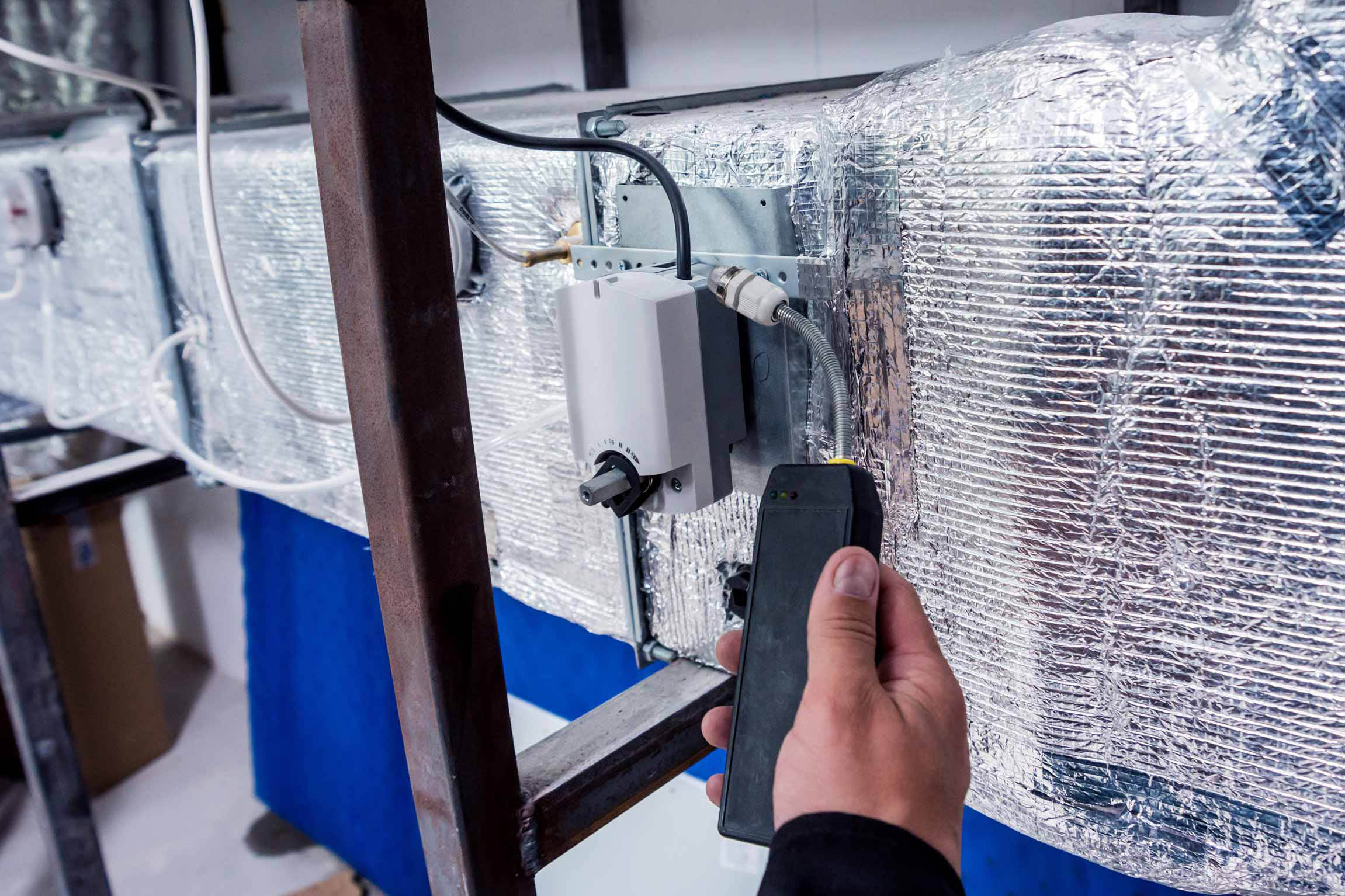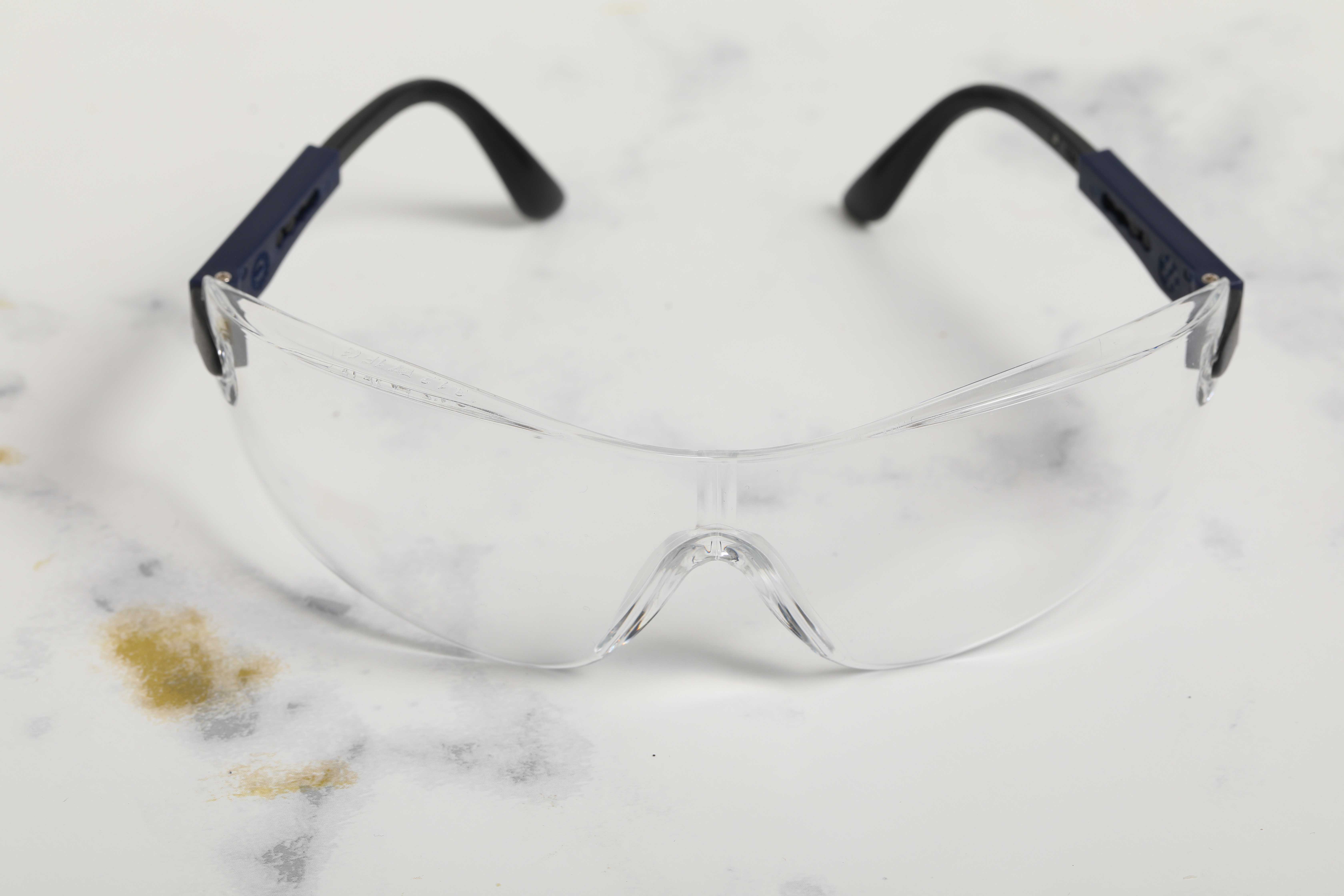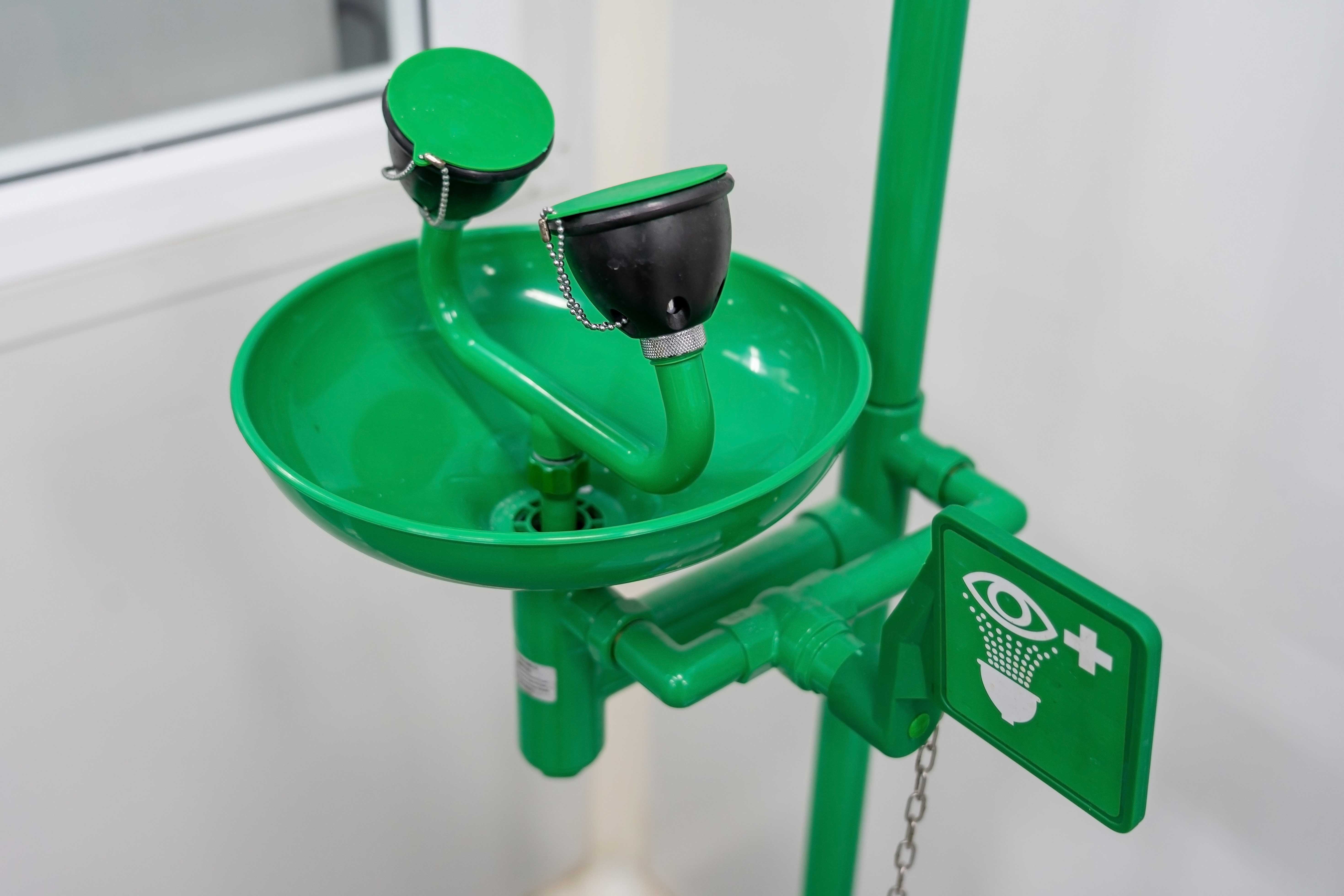
Quick Tips Technical Resources
Machine Guarding: OSHA Requirements
Employers must identify all the potential hazards in the workplace that require machine safeguarding and ensure they adhere to OSHA regulations.
09/14/23
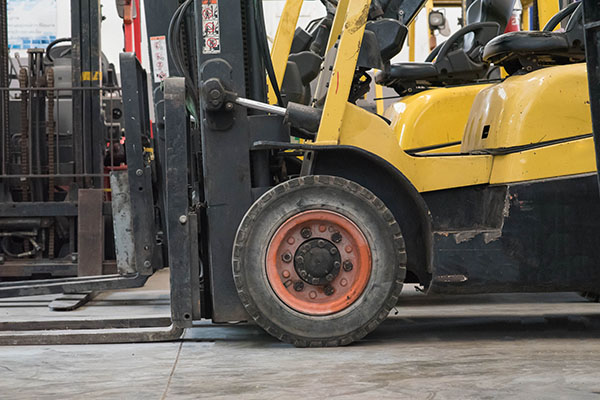
Quick Tips Technical Resources
Forklift Safety Training Guide
Powered industrial trucks are extremely useful in the workplace when safely used by trained operators.
05/29/23

Quick Tips Technical Resources
OSHA Scaffolding Requirements for Construction and General Industry
Scaffolding at a job site can create a hazardous work environment. Learn more about OSHA's scaffolding requirements to help prevent accidents.
02/06/23

Quick Tips Technical Resources
ANSI/ASSP Z359: Fall Protection Standards System
Learn more about current fall protection requirements in the ANSI Z359.1-1992(R1999) standard. Make sure you understand the regulations for fall arrest equipment.
02/06/23






